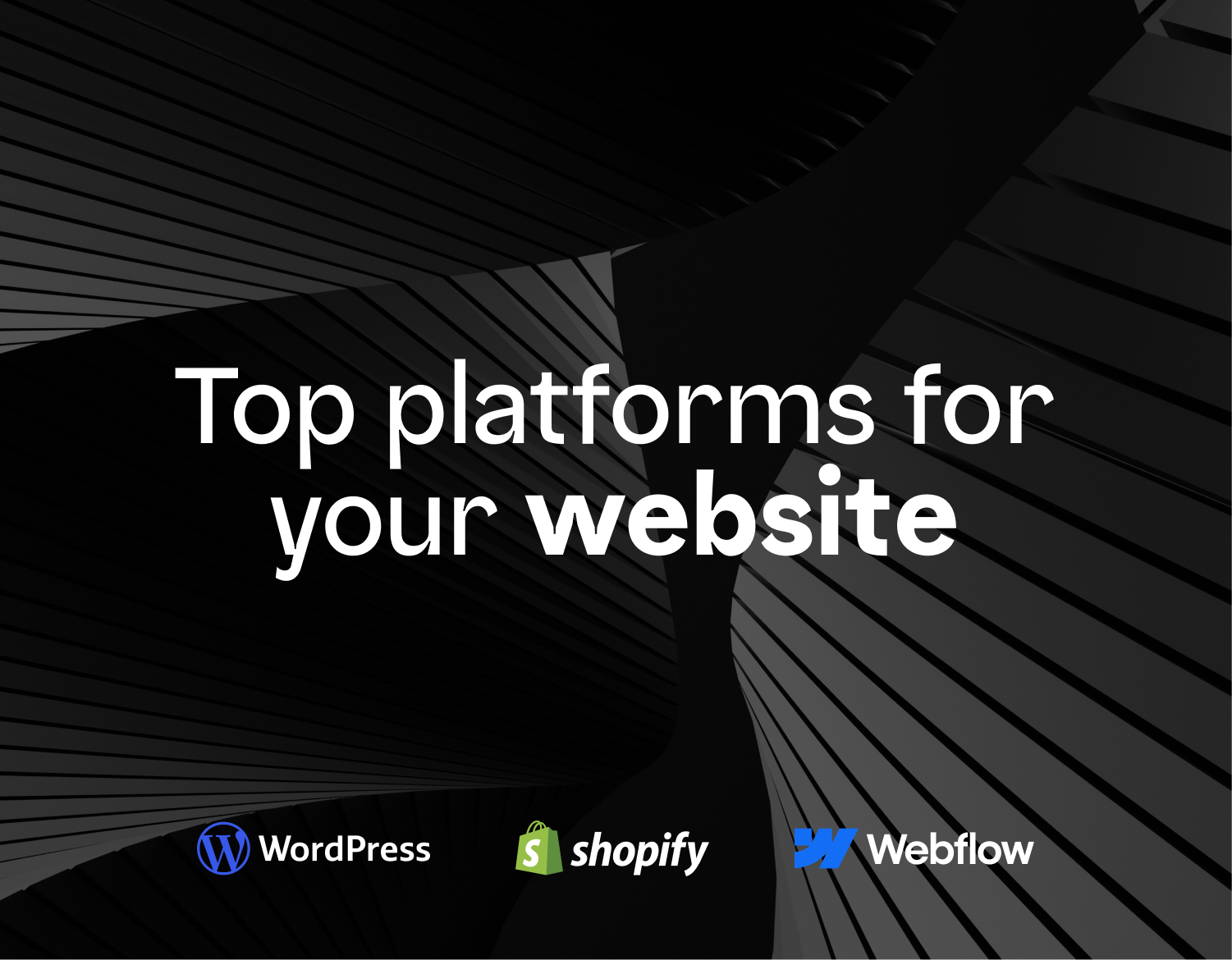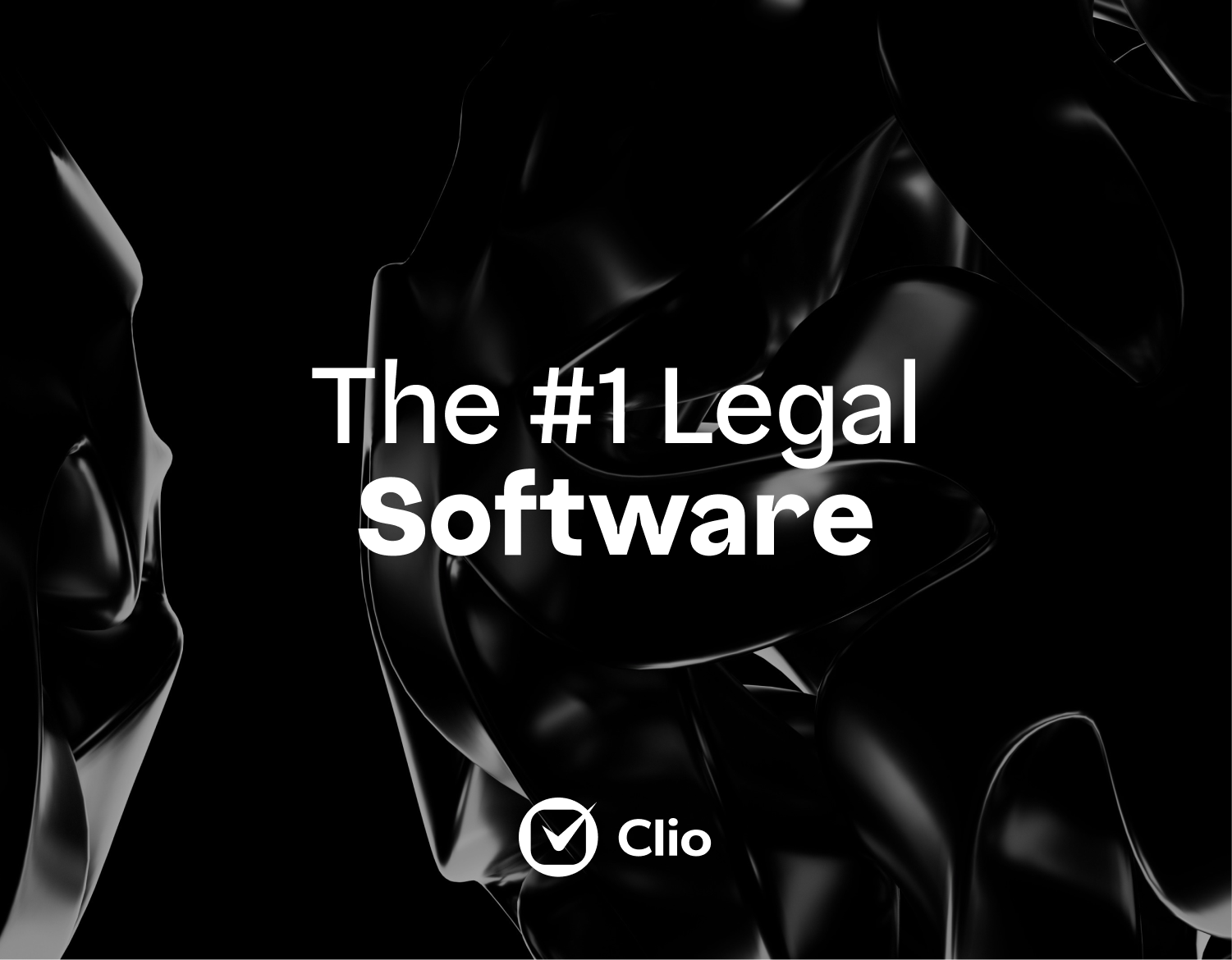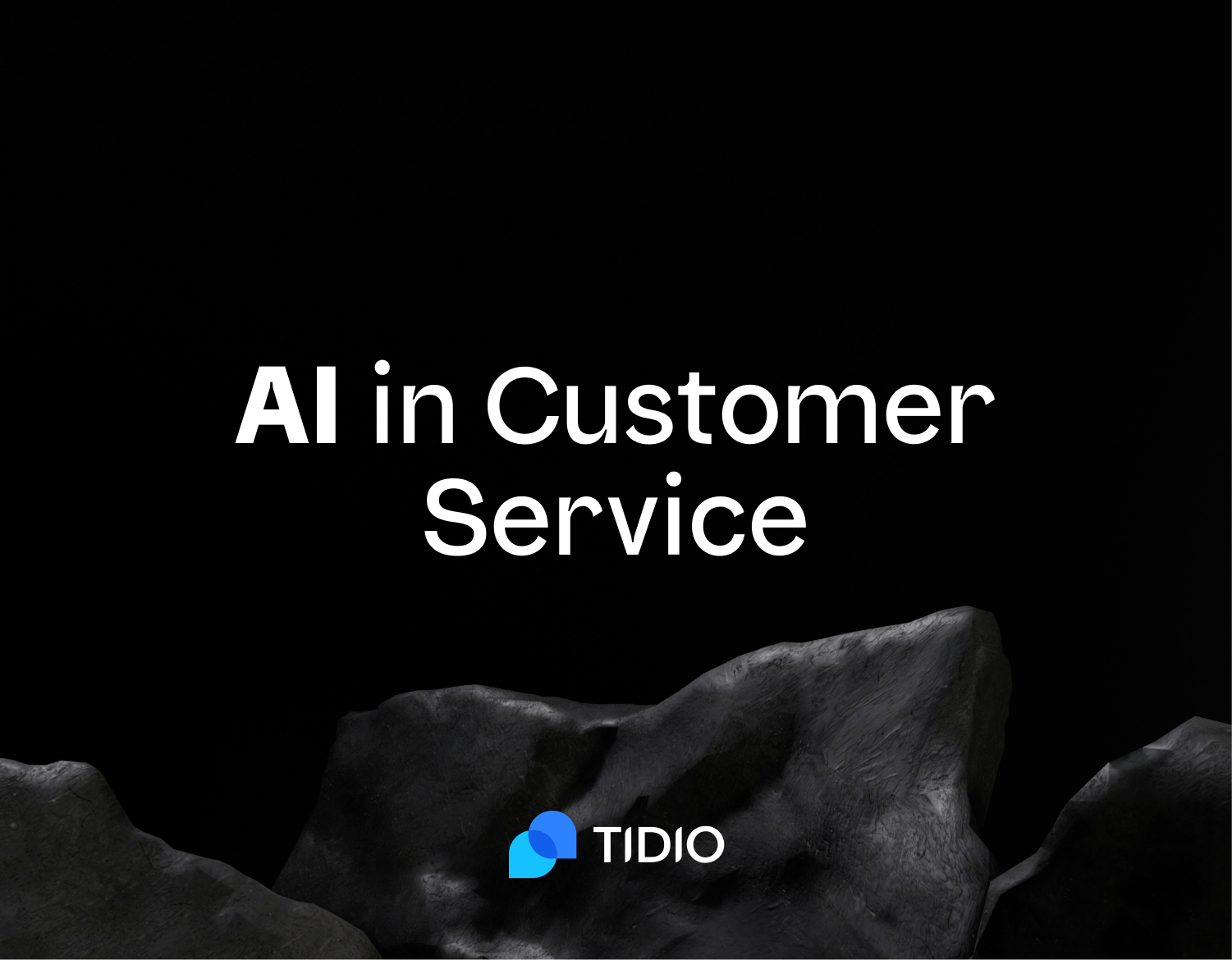Which is the best website platform? WordPress, Shopify, or Webflow ?
December 2024 · 8 minute read
Choosing the right website platform is one of the most critical decisions you’ll make for your business. Your platform impacts everything—design, user experience, SEO, scalability, and ultimately, your bottom line. Whether you’re building a blog, an online store, or a portfolio site, selecting the best tool for your needs can set you up for long-term success.
But with so many options available, how do you decide? Should you go with the versatile WordPress, the e-commerce-focused Shopify, or the design-centric Webflow? Each platform has its strengths, and the choice depends on your goals, budget, and technical expertise.
In this article, we’ll break down the pros and cons of WordPress, Shopify, and Webflow. Plus, we’ll explain why having a professional setup through Haystack can ensure you get the most out of your chosen platform.
Why Does Your Website Platform Matter?
Your website is more than just a digital presence—it’s the heart of your brand. It’s where potential customers learn about your business, shop for your products, or connect with your services. A poorly chosen platform can lead to:
- High bounce rates because of slow loading times or poor design.
- Lost sales due to clunky navigation or checkout processes.
- SEO challenges if your platform isn’t optimised for search engines.
But the right platform? It ensures your site is fast, functional, and flexible enough to grow with your business. That’s why this decision deserves careful consideration.
The Top Contenders: WordPress, Shopify, and Webflow
Let’s take a closer look at the three heavyweights in the website platform world and what makes them shine.
1. WordPress: The Versatile Powerhouse
If you’ve been researching website platforms, you’ve undoubtedly come across WordPress. Powering over 40% of all websites, WordPress is the world’s most popular content management system (CMS)—and for good reason.
Why WordPress Stands Out
- Flexibility: WordPress is an open-source platform, meaning you can customize every aspect of your site. Whether you’re running a blog, a corporate website, or an online store, WordPress can handle it.
- Massive Plugin Ecosystem: With over 59,000 plugins available, you can add features like SEO optimisation, e-commerce functionality, or advanced analytics with just a few clicks.
- SEO-Friendly: WordPress offers unparalleled control over on-page SEO elements, like meta titles, descriptions, and URL structures.
- Cost-Effective: WordPress itself is free. You only pay for hosting, premium themes, or plugins, making it a budget-friendly option.
When to Choose WordPress
- If you’re running a content-heavy site like a blog, magazine, or news outlet.
- If you need complete design and functionality control.
- If SEO is a top priority for driving traffic.
What to Consider
- Learning Curve: WordPress requires some technical knowledge, especially for advanced customisations.
- Maintenance: Regular updates to the core platform, themes, and plugins are necessary to keep your site secure and functional.
Pro Tip: At Haystack, we help clients navigate WordPress’s complexities, from setup to plugin selection, so you can focus on growing your business.
2. Shopify: The E-Commerce Champion
If selling products online is your primary focus, Shopify is the platform to beat. Built specifically for e-commerce, Shopify powers over 1.7 million businesses worldwide.
Why Shopify Stands Out
- All-in-One Solution: Shopify handles everything from hosting and security to payment processing, so you can focus on running your store.
- Ease of Use: Shopify’s intuitive interface makes it easy to manage products, track inventory, and process orders—even for non-tech-savvy users.
- Stunning Templates: Shopify offers beautiful, mobile-responsive themes that make your store look professional right out of the box.
- Built-In SEO Features: Shopify includes essential SEO tools like customisable meta tags and fast load times to help your store rank higher in search engines.
When to Choose Shopify
- If you’re launching an online store and need a fast, hassle-free setup.
- If you want integrated payment processing and inventory management.
- If scalability is a priority for your growing e-commerce business.
What to Consider
- Costs Add Up: Shopify’s monthly plans are affordable, but premium apps and transaction fees can increase expenses.
- Customisation Limits: While Shopify is highly functional, it doesn’t offer the same level of design freedom as WordPress or Webflow.
Pro Tip: Our team at Haystack specialises in Shopify store setup, ensuring your site is optimised for conversions, speed, and SEO.
3. Webflow: The Designer’s Dream
Webflow is the new kid on the block, but it’s quickly gaining traction for its design-first approach. If you want a website that stands out visually, Webflow is hard to beat.
Why Webflow Stands Out
- Design Freedom: Webflow offers a no-code visual editor that lets you create stunning, custom websites without touching a line of code.
- Built-In Hosting: Webflow eliminates the need for third-party hosting, streamlining the process for users.
- SEO-Friendly: Webflow generates clean, lightweight code that ensures fast load times and strong SEO performance.
- CMS Capabilities: For content-heavy sites, Webflow’s CMS is robust and user-friendly.
When to Choose Webflow
- If design is a top priority and you want a website that truly stands out.
- If you’re a creative professional or agency showcasing a portfolio.
- If you need a fast, high-performing website without relying on plugins.
What to Consider
- Learning Curve: While Webflow’s visual editor is powerful, it takes time to master.
- E-Commerce Limitations: Webflow supports e-commerce, but it’s not as robust as Shopify for large-scale stores.
Pro Tip: At Haystack, we help clients maximise Webflow’s potential by designing high-impact, SEO-optimised websites that look as good as they perform.
How Do These Platforms Compare?
Here’s a side-by-side comparison of WordPress, Shopify, and Webflow to help you decide:
| Feature | WordPress | Shopify | Webflow |
| Ease of Use | ⭐⭐⭐ | ⭐⭐⭐⭐⭐ | ⭐⭐⭐⭐ |
| Design Flexibility | ⭐⭐⭐⭐ | ⭐⭐⭐ | ⭐⭐⭐⭐⭐ |
| E-Commerce Features | ⭐⭐⭐ | ⭐⭐⭐⭐⭐ | ⭐⭐⭐ |
| SEO Capabilities | ⭐⭐⭐⭐⭐ | ⭐⭐⭐⭐ | ⭐⭐⭐⭐ |
| Cost | ⭐⭐⭐⭐⭐ | ⭐⭐⭐ | ⭐⭐⭐ |
| Scalability | ⭐⭐⭐⭐⭐ | ⭐⭐⭐⭐ | ⭐⭐⭐ |
Why Choose Haystack for Your Website Setup?
Choosing the right platform is just the beginning. Setting it up for long-term success requires strategy, customization, and technical expertise. That’s where Haystack comes in.
What We Offer
- Platform Expertise: Whether it’s WordPress, Shopify, or Webflow, we know these platforms inside out.
- Custom Solutions: We tailor your site to meet your business goals, from design to functionality.
- SEO Optimisation: Every site we build is optimised to rank high on search engines and drive organic traffic.
- Ongoing Support: From updates to troubleshooting, we’re here to ensure your site continues to perform.
Lloyd’s Advice: Don’t just choose a platform—choose the right partner to help you maximize its potential. With Haystack, your website won’t just look great; it’ll deliver results.
Final Thoughts: Which Platform is Best for You?
So, which platform should you choose? The answer depends on your specific needs:
- Choose WordPress if you want maximum flexibility and control, especially for content-heavy sites.
- Go with Shopify if your primary focus is e-commerce and you need an all-in-one solution.
- Opt for Webflow if design and performance are your top priorities.
No matter which platform you choose, having a professional setup can make all the difference. At Haystack, we specialise in turning great platforms into exceptional websites that drive growth and deliver results.
Ready to build your dream website? Book a consultation with Haystack today, and let’s create something amazing together.
Contact us


